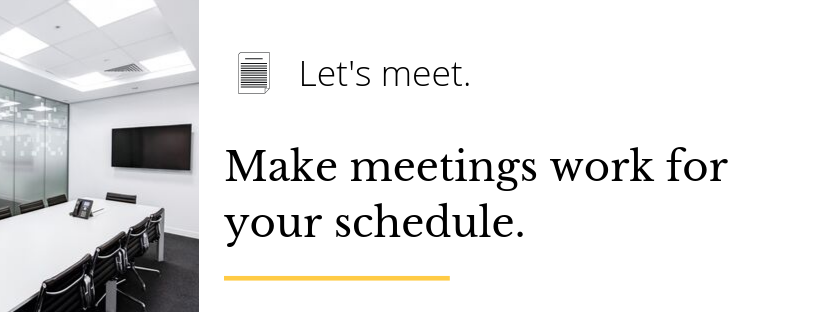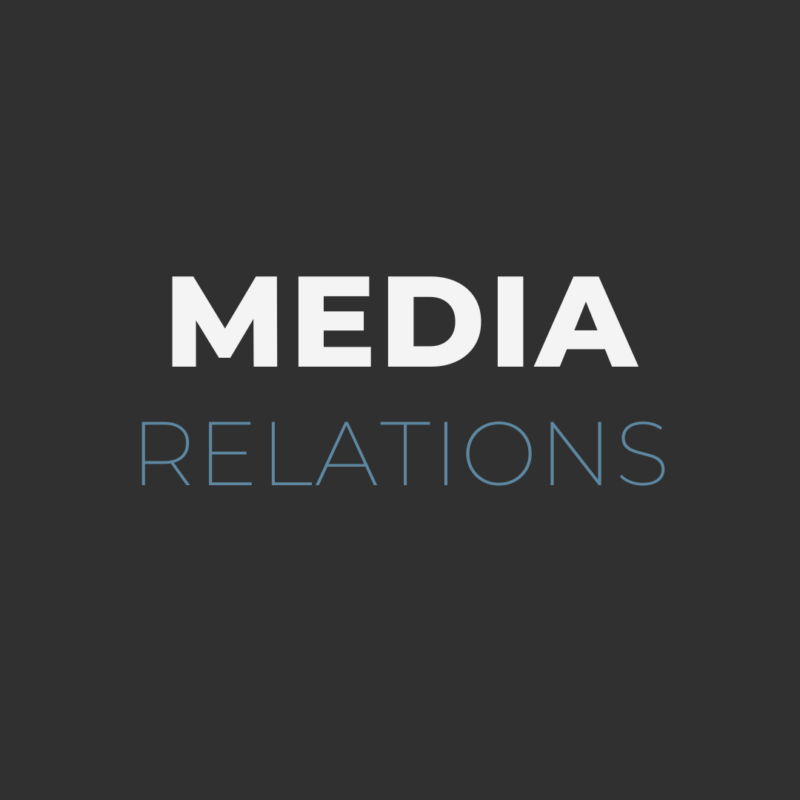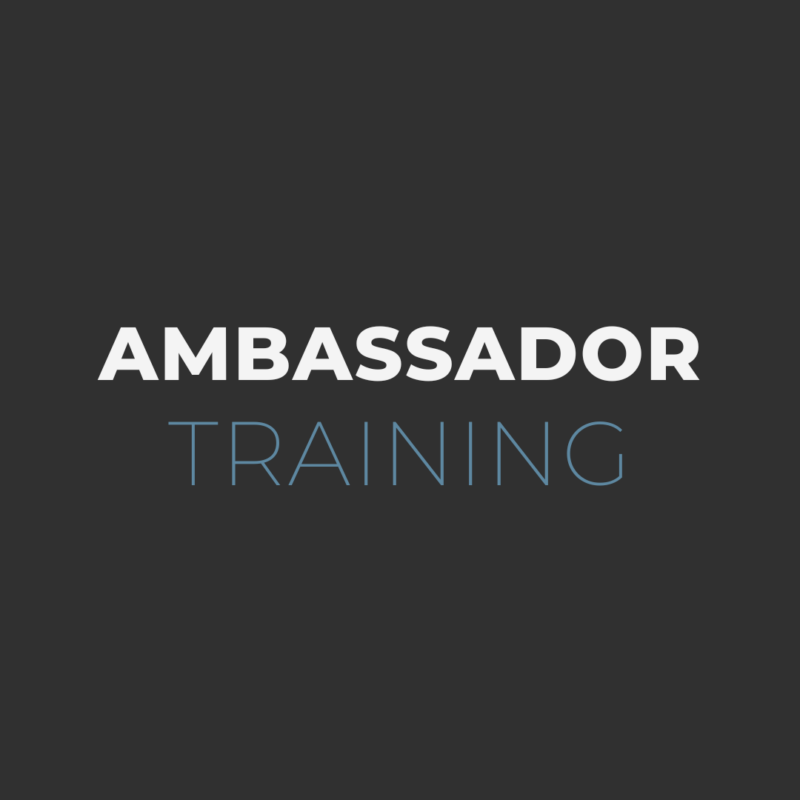Make meetings work for your schedule
For me, true luxury can be caviar or a day with no meetings, no appointments and no schedule. – Michael Kors
I’m a prepper. I have a nightly ritual that includes my extensive skin care regimen, meal prepping and mentally running through how I’d like the next workday to flow. I can say without a hint of exaggeration that I sleep easier knowing I have no meetings on the docket.
There’s nothing wrong with the right kind of meetings. Productive 15-minute meetings can ensure projects remain on track, boost morale or serve as a needed break from a major project. But they can also stack up, run long and become a mental drain that impacts your workflow. There’s nothing worse than leaving an hourlong meeting that could have been an email.
So, how you do you build a schedule that sloughs off ineffective meetings, leaving you more time to maximize your productivity? It’s all about creating meeting parameters. Here are my tips:
Ask first – do we really need to meet?
Before setting a meeting or call, ask yourself if a meeting is necessary. Generally, if I have more than five questions I need answered before I’m able to start a project, it’s worth the time to have a meeting. But if I can send over a bulleted list of targeted questions, that’s a much better option. There are instances when meetings are essential. Taking the time to meet with new clients builds rapport, and meeting with new members of your internal team can better convey account knowledge. If there are multiple organizations collaborating on a project, meetings also can alleviate confusion and help identify responsibilities.
Send out an agenda in advance and stick to it.
Creating an agenda 24 hours in advance allows your team to prepare for the meeting. Designate who will speak on which topics to set boundaries and ensure the right attendees are present. Consider setting time parameters for each portion of the meeting so presenters know how much time they have to relay relevant updates. Finally, give clear directives – e.g. “Review the RFP and compile relevant experience before we meet.”
Set the tone.
If you’re leading the meeting, set the tone from the beginning. I always reiterate how much time we have (less than 30 minutes for a regularly scheduled meeting), and then start working through the agenda. Of course, there is time for cordial responses and positive body language, but if you show that you’re here to work through the topics at hand, then other attendees are likely to follow suit.
Wrap at the designated time.
If you scheduled a meeting for 30 minutes, it’s unfair to assume that everyone in attendance is available for another 30 minutes. Rather than lingering on topics, end the meeting when you said you would. You can follow up via email with additional points you were unable to cover, and then evaluate why your meeting ran long. Once your attendees know you’re serious about wrap time, it’s likely they’ll come to future meetings ready to work through the points to finish on time.
Start or end your day with meetings.
It’s not always possible, but try to start or end your day with meetings. Leaving long blocks of uninterrupted time to work on projects is the best way to maximize desk-time efficiency. Bouncing between three or four meetings that are an hour apart is one of the easiest ways to leave tasks on your to-do list.



